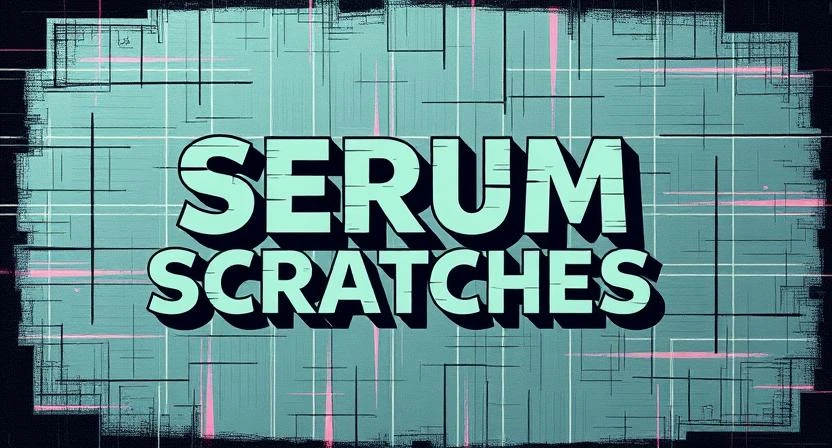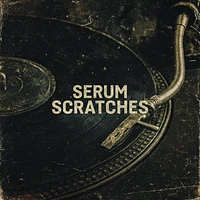How I Accidentally Became a DJ (Sort Of)
I thought DJing was all about spinning records and looking cool: I was wrong. There’s a lot more to it than just waving your hands around like you’re conducting an invisible orchestra. It all started with a cheap MIDI controller, a dream, and a whole lot of confusion.
One lazy Sunday afternoon, I was sitting in my tiny home studio, staring at my computer screen, trying to figure out how to make my beats sound less…robotic. I wanted that raw, gritty texture you hear in hip-hop tracks—the kind that makes you feel like you’re standing in a dimly lit club, surrounded by people who actually know how to dance. But here’s the thing: I didn’t own turntables, and my scratching skills were, well, nonexistent.
That’s when I stumbled upon Xfer Serum. If you’re not familiar, Serum is this magical synth that lets you create sounds so rich and detailed, it’s like having a full orchestra in your laptop. But I didn’t just want any old sound. I wanted that sound—the one that makes people stop and say, “Wait, is that real vinyl?”
I discovered a way to make Serum produce hyper-realistic vinyl scratches without needing a turntable or a degree in sound engineering.
HERE’S HOW IT WORKS:
First, forget everything you’ve seen online about using the noise section to create scratches. Sure, it works, but it sounds about as authentic as a plastic tree. Instead, I dug deeper into Serum’s capabilities, using its powerful wavetable and modulation features to replicate the gritty texture of real vinyl. That gives scratches that feel like they’ve been ripped straight from a DJ’s turntable.
These presets aren’t just for one genre—but for hip-hop, EDM, or even turntablism-style production. These sounds adapt effortlessly for adding a subtle scratch to a beat or going full-on DJ mode. Also, the HS-crush effects, which add that essential distortion and character to your scratches. It’s like giving your tracks a pair of worn-in sneakers—they just feel right.
The best part is that you don’t need any fancy equipment. No turntables, no vinyl, no mess. Just load the presets into Serum, tweak a few knobs, and you’re ready to scratch like a pro. It’s instant playability at its finest.
Now, I know what you’re thinking: “This sounds too good to be true.” But don’t just take my word for it. Here’s what DJ X had to say: “I’ve been using DJ scratch sounds for years, but nothing compares to the realism of these Serum presets. They feel like real vinyl, adding that authentic DJ vibe to my tracks!”
So, if you’re ready to take your music to the next level, head over to my Serum Vinyl DJ Scratch Presets download section. These presets are exclusive, unique, and designed to bring the turntable experience straight into your DAW. Trust me, your tracks will thank you.
Probably creating from scratch is what you're looking for, then go here to learn how to make Serum Vinyl DJ Scratch Presets now!
Happy scratching!





